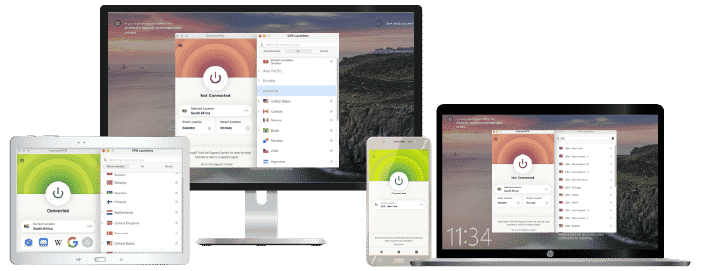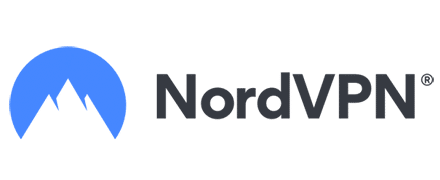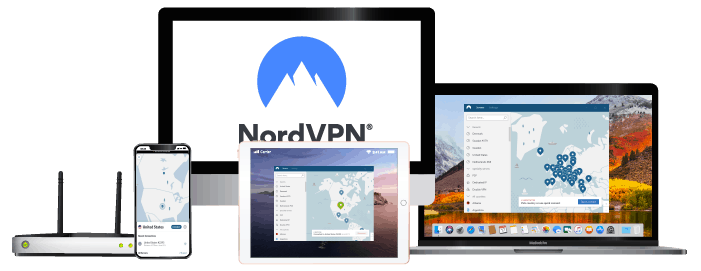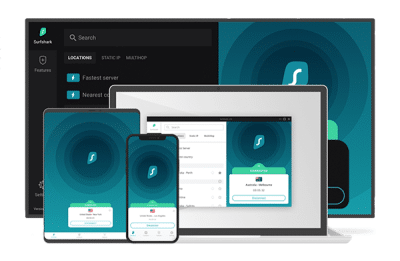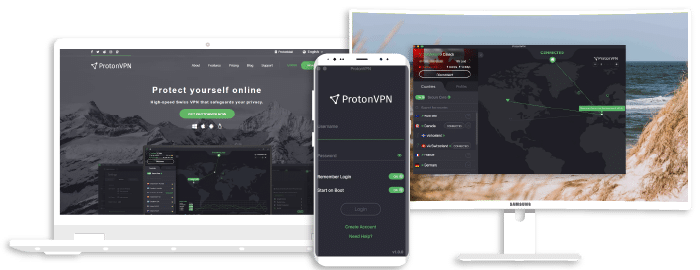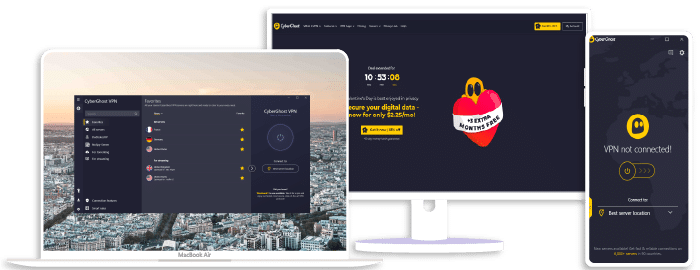How To Unblock a Website on Any Phone
We’ve all been there – you’re trying to access a website on your phone and boom! You’re hit with that annoying “this site can’t be reached” message. It’s frustrating, isn’t it? But don’t worry, I’ve got your back! In this guide, we’ll tackle how you can unblock websites on any phone quickly and easily.
First things first, let’s understand why some websites are blocked. Often, it’s due to geographical restrictions or network settings. For instance, your school or workplace might restrict access to certain sites during specific hours. Or perhaps you’re in a country where the government has imposed internet censorship (think: China’s Great Firewall). Regardless of the reason behind it, I’m here to help you bypass these blocks.
There are several ways to unblock websites on your phone – from using VPN services like ExpressVPN, NordVPN, or Surfshark to tweaking your phone’s network settings. Don’t worry if this sounds too technical right now; I promise it’ll make sense as we go along!
ExpressVPN
Overall score: 9.8
- 3,000+ servers across 105 countries
- Works with streaming platforms
- AES 256-bit encryption
- Supports private protocol, Lightway
- Money-back guarantee
30-day money-back guarantee
NordVPN
Overall score: 9.6
- 8,700+ servers available in 129 countries
- Connect up to 10 devices simultaneously
- Great security features
- Verified no-logs policy
- Unblocks streaming platforms
30-day money-back guarantee
Surfshark
Overall score: 9.5
- 4,500+ servers in 100+ countries
- Allows unlimited simultaneous connections
- Integrates stealth mode
- Multihop feature available
- Webcam protection from unauthorized apps
30-day money-back guarantee
Proton VPN
Overall score: 9.4
- 15,800+ servers in 125+ countries
- Free version available
- Strong security features
- Reliable no-logs policy
- Allows Perfect Forward Secrecy
30-Day Money-Back Guarantee
CyberGhost
Overall score: 9
- 9,300+ reliable servers in 100 countries
- 45-day money-back guarantee
- Strict no-log policy
- Tough security features
45-Day Money-Back Guarantee
Understanding Website Blocking
Before we delve into how to unblock a website on any phone, it’s essential that I first shed some light on the concept of website blocking. So, what is website blocking? Well, it’s a strategy employed by governments, schools, businesses and even parents to restrict access to certain websites. The reasons for this can vary from maintaining productivity at work or school, safeguarding children from harmful content online, to censoring information in some countries.
How does this occur? Typically, through DNS filtering/blocking where the server refuses to resolve the IP address associated with a particular site. Another common method is IP address filtering – essentially blacklisting certain web addresses so that they’re unreachable.
Now, you might be thinking: “Can’t I just change my DNS server or use a different IP?” It’s not always as easy as it sounds due to potential technical hurdles and risks involved.
That’s where Virtual Private Networks (VPNs) come into play. ExpressVPN, NordVPN, and Surfshark are among top players in this field. These VPNs allow you to navigate around these roadblocks safely and anonymously by masking your actual location and making it appear as though you’re browsing from somewhere else entirely.
Here are their standout features:
- ExpressVPN: Known for its exceptional speeds and robust security measures.
- NordVPN: Stands out with extensive geographic coverage with servers worldwide.
- SurfShark: Offers great value for money along with strong privacy protections.
Remember, though – while using VPNs can be an effective way of bypassing website blocks, they should always be used responsibly. They aren’t a free pass to engage in illegal activities online but rather tools for maintaining your internet freedom and privacy!
In my next section, I’ll guide you through clear step-by-step instructions on how precisely you can use these VPNs (and others) to unblock websites on your phone! Keep reading!
Steps to Unblock Websites on Any Phone
Let’s dive into how you can unblock websites on any phone. It’s a process that might seem daunting at first, but I’m here to assure you that it’s simpler than you’d think.
The first method is using a virtual private network, more commonly known as a VPN. A VPN essentially masks your IP address and gives you the freedom to browse without regional restrictions. There are numerous viable options out there, some of which include ExpressVPN, NordVPN, and Surfshark.
To get started with this process, follow these steps:
- Download one of the aforementioned VPN apps from your device’s app store.
- After installing, open the app and sign up or log in.
- Choose a server location that aligns with the content you want to access.
- Connect to the VPN server.
- Open your browser and enjoy unrestricted access!
It’s worth noting, however, not all VPN services are free. Some require monthly or annual subscriptions, but often offer trials for new users.
Another method involves changing your DNS settings. This might sound technical but don’t worry – I’ve got covered! Here are the steps:
- Go to ‘Settings’ on your phone
- Navigate towards ‘Wi-Fi’ options
- Long press on your connected network
- Select ‘Modify Network’
- Check ‘Show Advanced Options’
- Change ‘IP Settings’ to static
- Replace DNS 1 and DNS 2 with Google Public DNS IP addresses (8.8..8 & 8..4..4)
Remember, though: changing these settings could potentially impact other areas of internet use on your phone, so proceed with caution.
I hope this guide has instilled confidence in tackling website unblocking on any phone! With patience and persistence, it won’t be long before those previously inaccessible pages become fully available for browsing pleasure!
Conclusion: Navigating Web Restrictions
So, we’ve made it to the end of our journey on how to unblock a website on any phone. It’s been quite an adventure, hasn’t it? Unblocking websites isn’t as daunting as it may seem initially. With the right tools and guidance, you can easily bypass those irritating restrictions that prevent you from accessing your favorite content.
Let’s take a moment to revisit some of the methods we discussed:
- One option is using VPNs like ExpressVPN, NordVPN or Surfshark. These tools hide your IP address and encrypt your internet connection, allowing you to surf the web freely without worrying about regional restrictions.
- Another method is changing your DNS server settings. While this might sound technical, it’s not too hard once you get the hang of it.
Remember, though, while these methods can help navigate around web restrictions, they don’t provide absolute protection against all online threats. Always practice safe browsing habits regardless of whether you’re accessing blocked sites or not.
In conclusion (see what I did there?), my hope is that this guide has empowered you with options for exploring the digital world beyond barriers. Remember! The internet was designed for freedom and sharing information; don’t let geographical limitations hinder your experience.
Keep in mind that while the purpose of this article is educational; always respect local laws regarding online access and privacy, even when considering unblocking websites on your phone.
Until next time – keep exploring!
Join the TechRobot Newsletter
Actionable tips on online security, the best VPNs, unblocking guides, and special offers — straight to your inbox.

